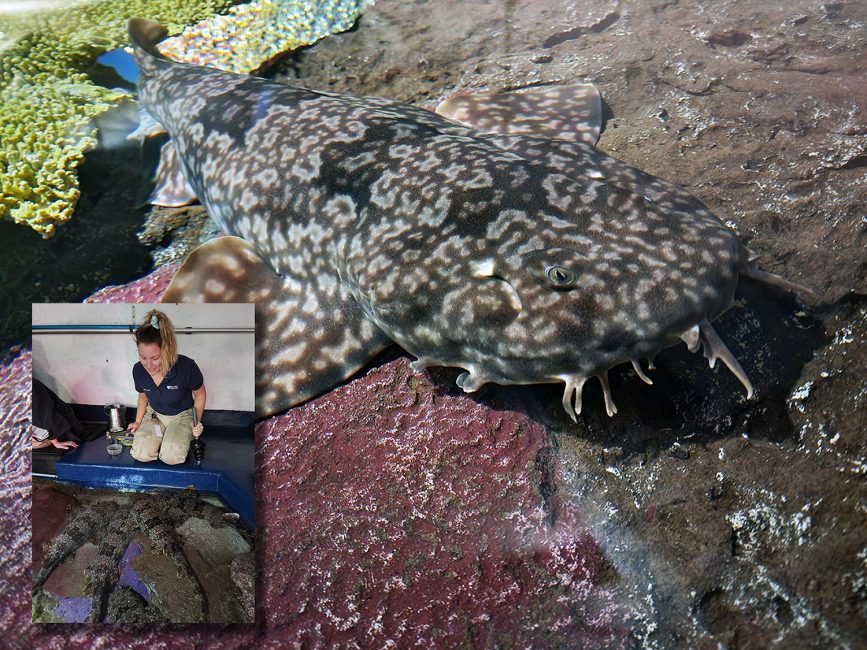
December 5, 2022
The Dinner Bell
- as seen by -
 Alexis Mone
Alexis Mone
In the wild, wobbegongs, Orectolobus maculatus, don’t eat often. As ambush predators, these small sharks prefer to hide and wait for food to come to them. Our group at the Wildlife Conservation Society’s New York Aquarium only eats once a week, usually mid-week (the day is appropriately nicknamed “Wobbie Wednesdays”). Because of this, wobbegongs are an incredibly difficult species to train.
It took two years for us to train our wobbegongs to eat at the surface. When the sharks were first introduced to the Aquarium’s Coral Tunnel exhibit, we lowered their food down on a long pole with their target, a repurposed enrichment toy, attached to it. It was a difficult process because of the many design elements within the exhibit where they live, and they were really good at hiding when they were smaller. Their feeding session would take over an hour and required two people – one with a flashlight and a walkie-talkie on the public side directing the keeper/feeder in the back. We needed a more efficient way to ensure the sharks were eating well and to perform basic health checks.
First, we established the target, which is usually the initial step in training any behavior. The wobbegongs began to associate the target with food, and over time, we did not need to put the food directly next to them. If they could see the target, the small sharks would swim to it to get their reinforcement: capelin, herring, squid, or shrimp.
Next, we began incorporating an acoustic stimulus: tapping metal rods together three times underwater. Each time the wobbegongs accepted their food, we would give the acoustic stimulus. This established the association: when they heard that sound, they would get fed. Initially, the target was on a long pole that would reach the bottom. Over time, we were able to shorten the pole to bring the target – and thus the wobbegongs – closer to the top of the exhibit. By pairing the target and the acoustic stimulus, the sharks learned to come to the surface to eat when they heard their “dinner bell” regardless of where they were in the exhibit.
We no longer need to search for them or maneuver an unwieldly pole for our wobbegongs to get their balanced diet.
EDITOR’S NOTE: This is part two of a series on the care of our wobbegong sharks at the New York Aquarium. Read part one here. Watch a video of wobbegong training on New York Aquarium’s Facebook here.
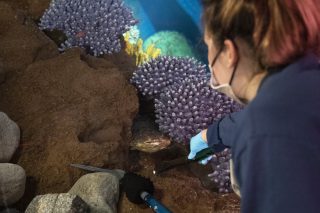
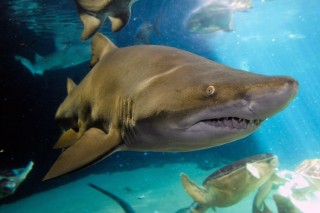
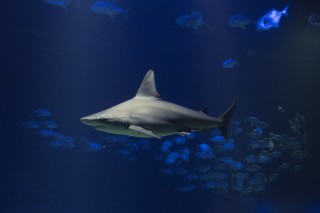
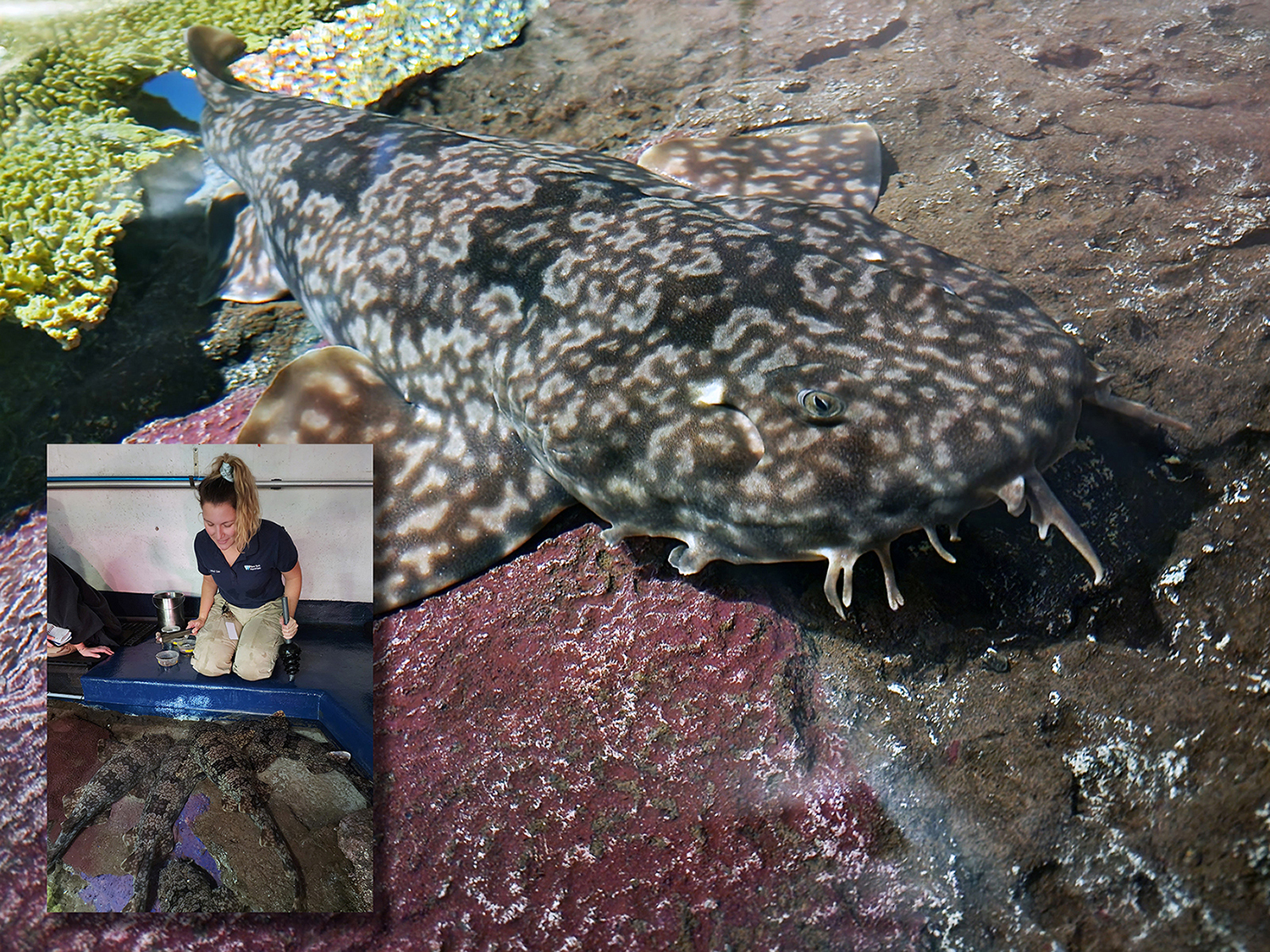
Leave a Comment